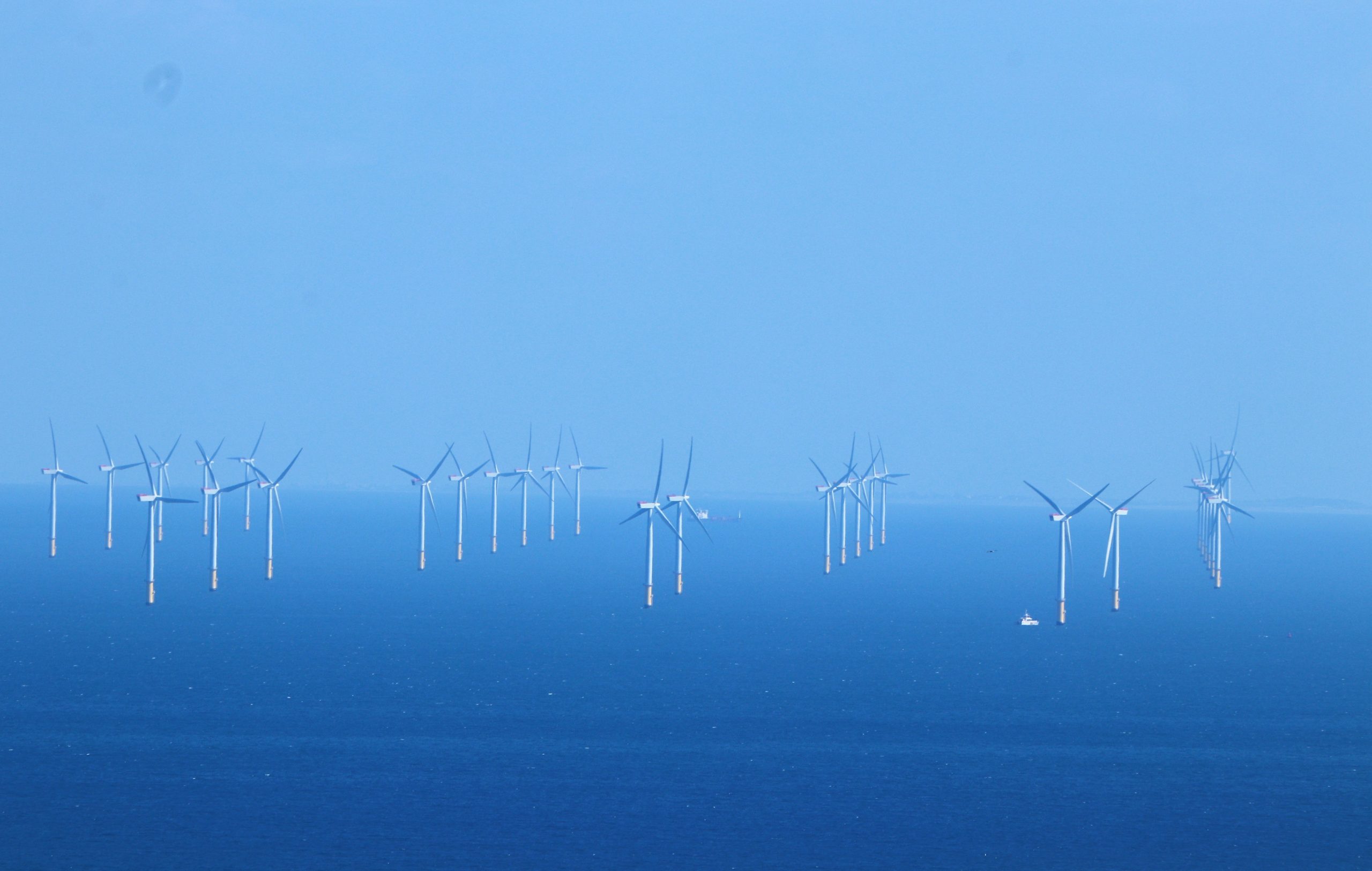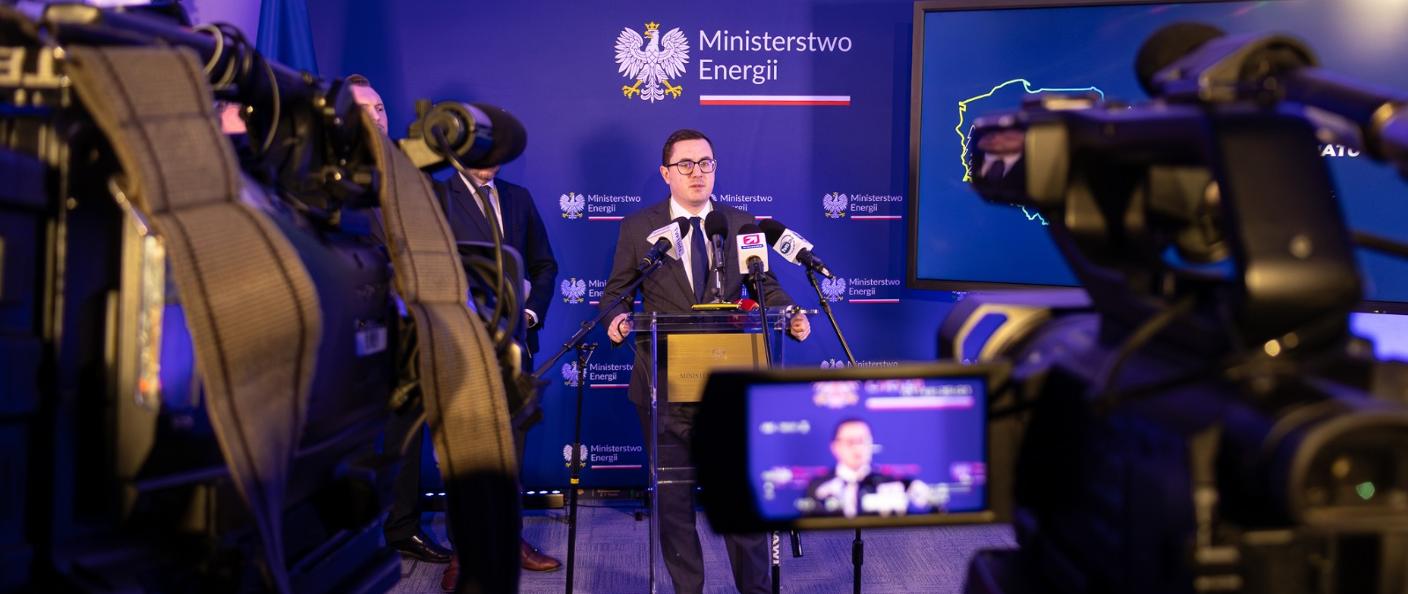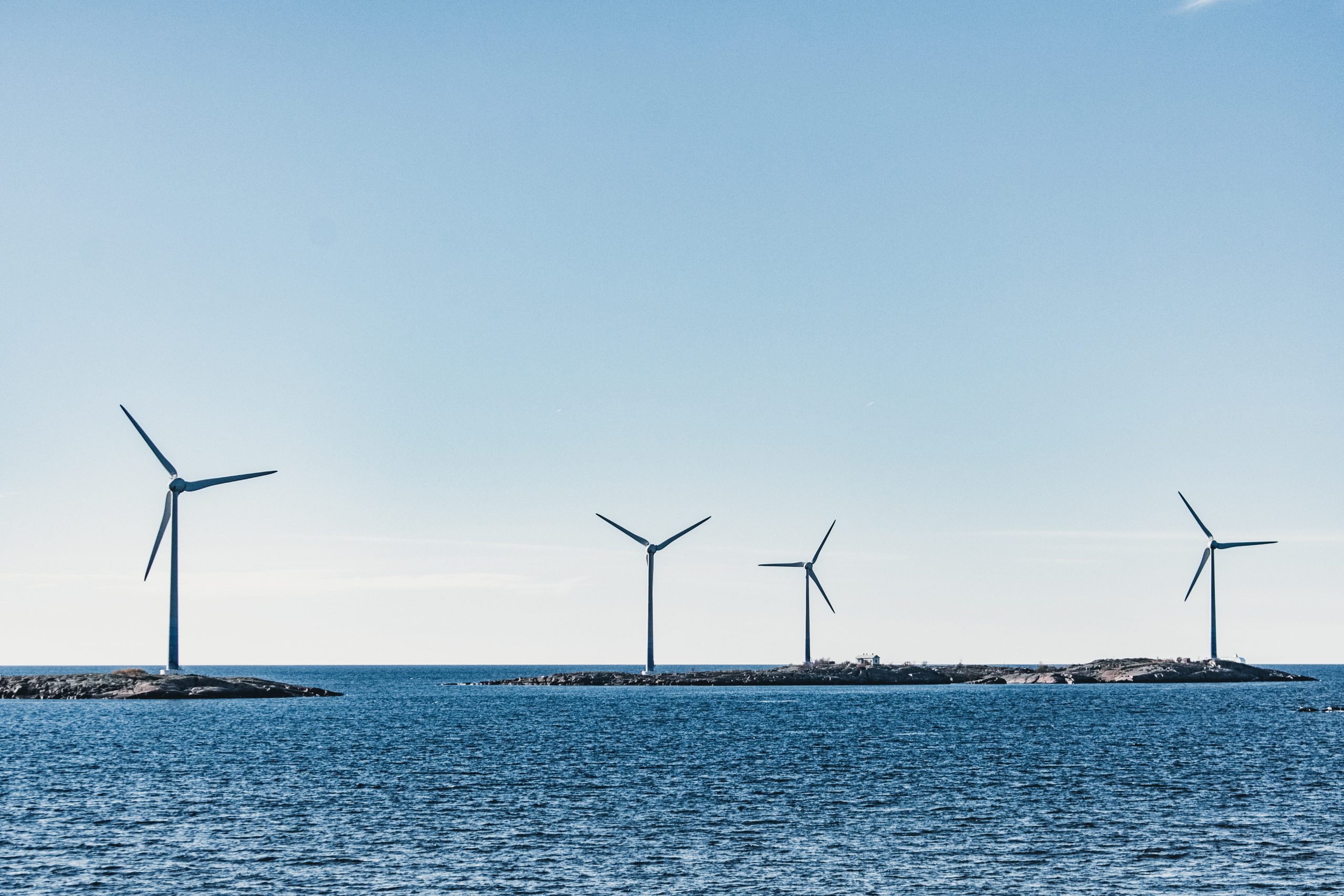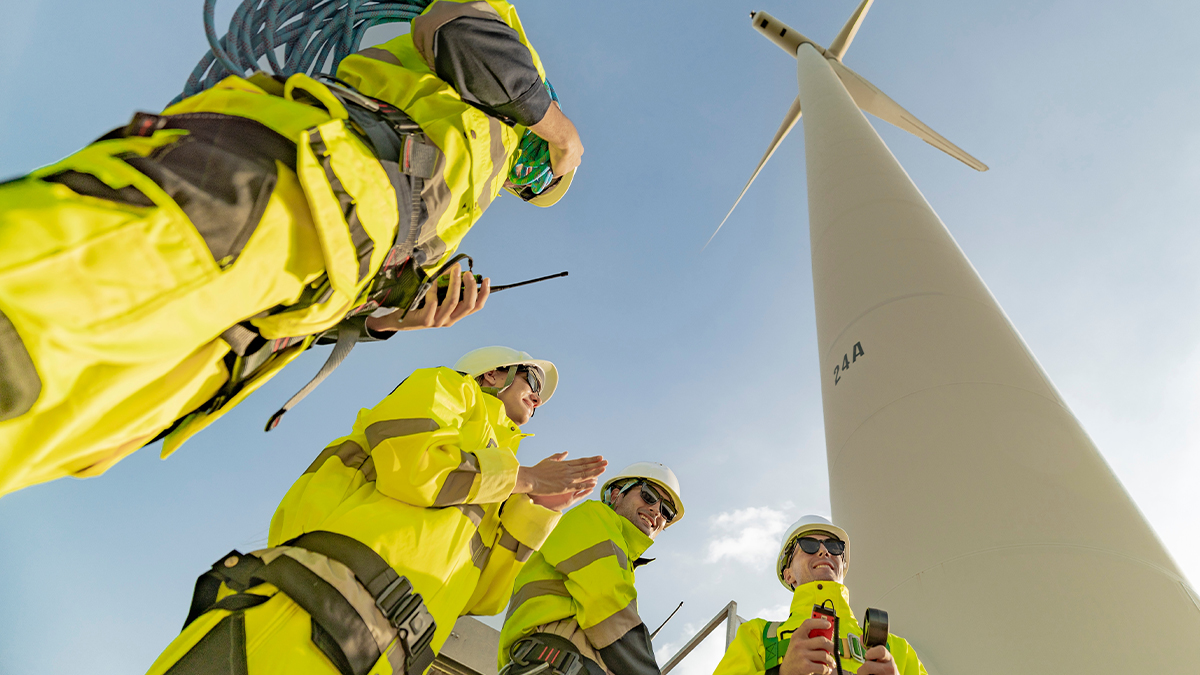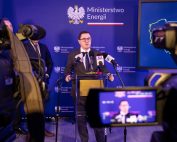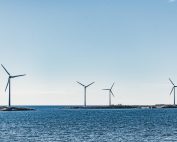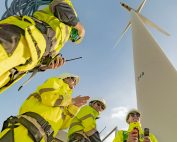According to the Finnish Wind Power Association’s (FWPA) half-year review of wind power projects, in addition to onshore wind power, potential offshore wind power areas are also of interest to project operators. There are currently 13 offshore wind power projects planned, with a total output of nearly 13,500 megawatts. More than 3,200 MW more offshore wind power is under development than in the spring.
So far, offshore wind power has not been financially viable, so projects have been developed slowly. With the rapid cost reduction of offshore wind power, market-based profitability will be realized this decade, and interest in Finnish offshore wind power projects has grown significantly. During the last year, several offshore wind power projects have been launched, especially in the economic water area, i.e. international water areas controlled by Finland.
“It would be good for the next Finnish government to clarify the legislation on economic water areas, so that the operators would get an earmarked area for the development of offshore wind power project. Projects of different operators located in the same area mean double work in environmental impact assessment and seabed research. This is a waste of resources. The company should be allowed to reserve the area for itself even before the investigations are started,” says Anni Mikkonen, CEO of the Finnish Wind Power Association.

Source: Wind power project pipeline 10/2022, FWPA
New offshore wind power projects are expected to be launched in regional waters, i.e. in the sea areas of the Finnish state, in 2023 and 2024, when Metsähallitus tenders project operators for the selected sea areas. FWPA feels it is important that Metsähallitus, in its monopoly position, develops projects with a large volume instead of individual projects.
With regard to offshore wind power projects located in regional waters, it is extremely important that the lowering of property tax for offshore wind power initiated by the current government to the same level as for onshore wind power proceeds in the next government term.
“The principles of offshore wind power’s property tax reduction have already been presented to the parliament, but the final legislative change was not scheduled to be completed this government term. It is a critical factor for improving the economic profitability of offshore wind power,” says Mikkonen.

Source: Wind power project pipeline 10/2022, FWPA
Finland’s energy self-sufficiency and security as well as the electrification of industry, transport and heating as well as P2X solutions require a lot of new, clean, domestic electricity production.
Source: Finnish Wind Power Association
